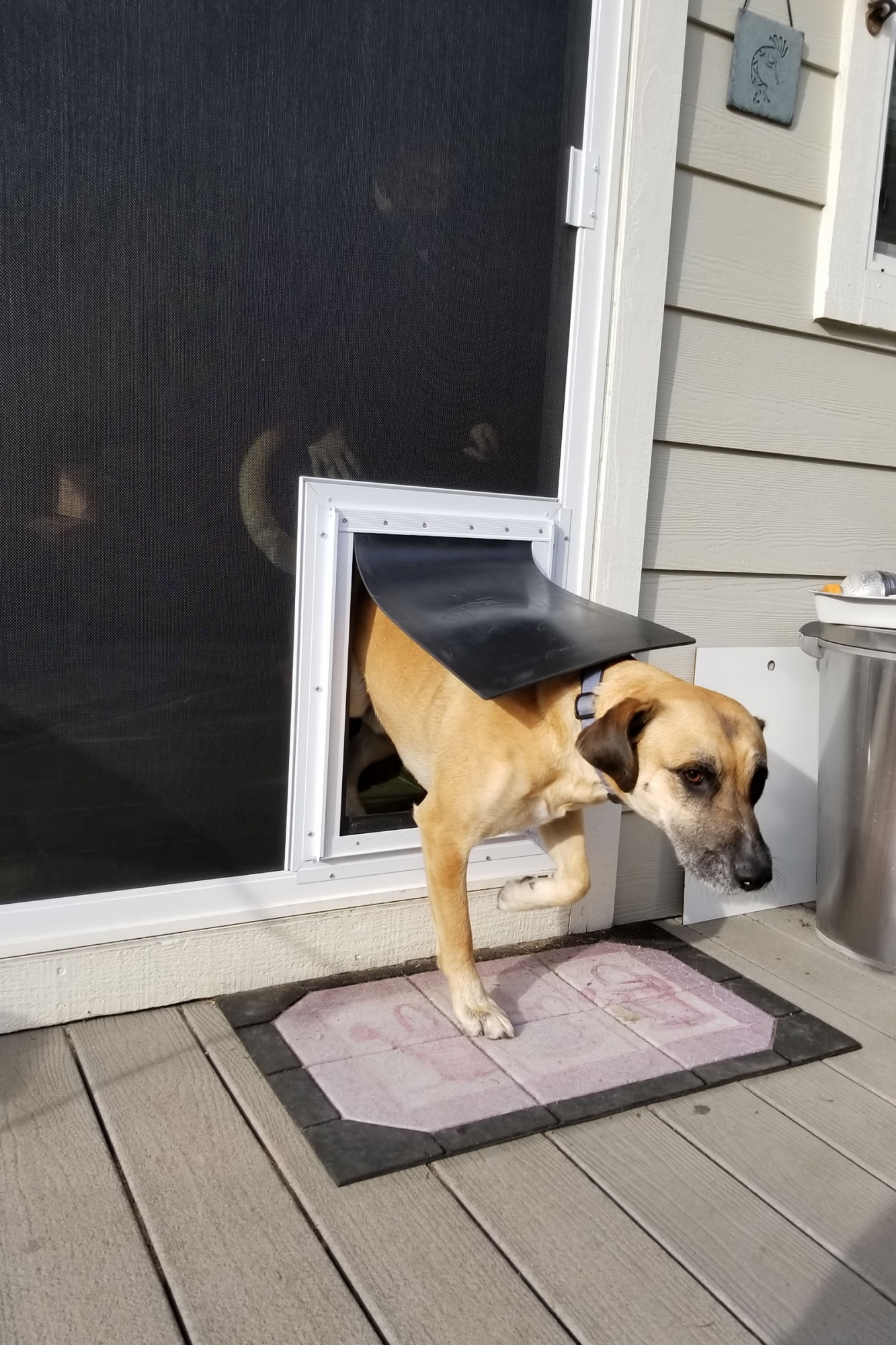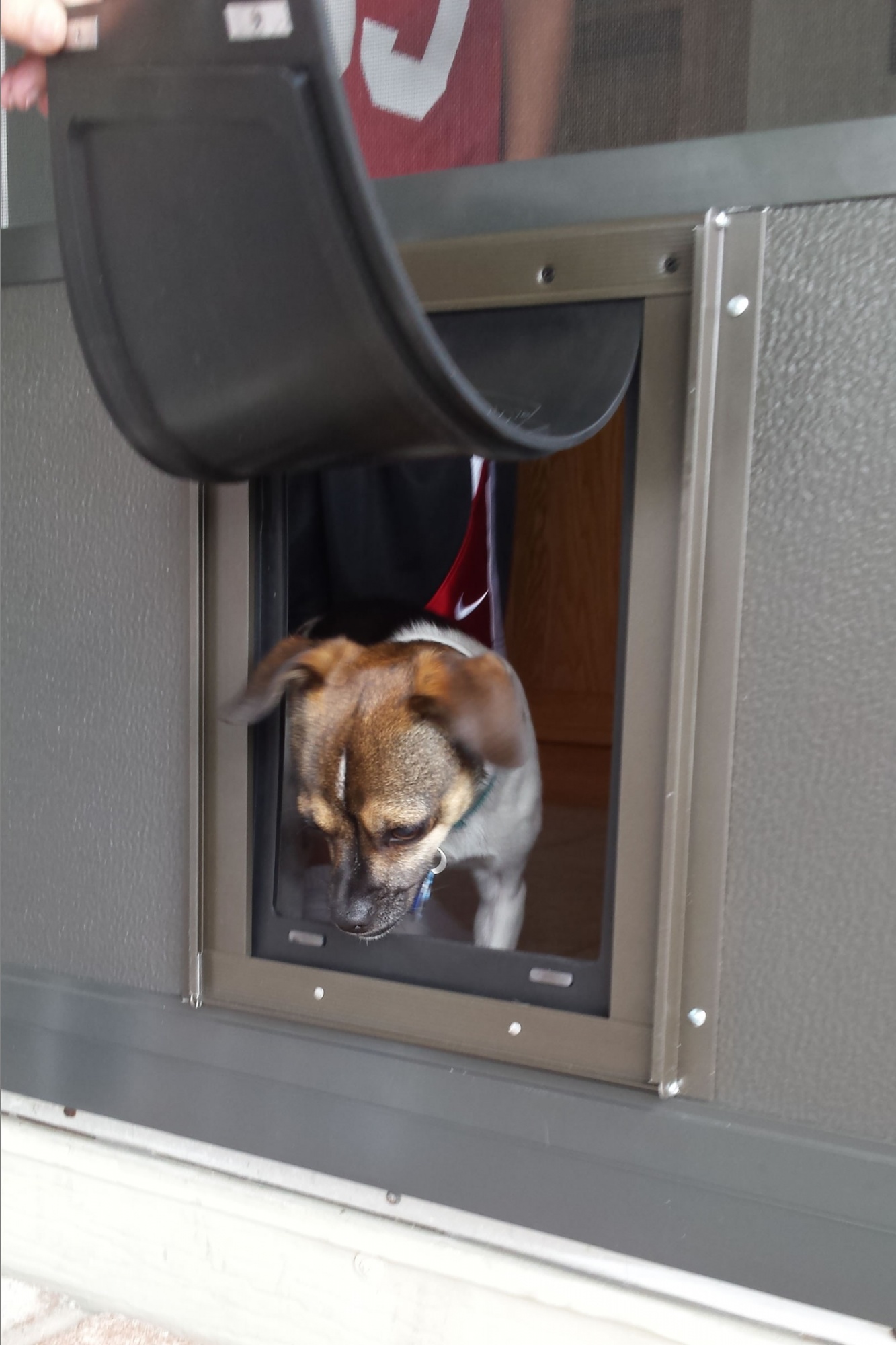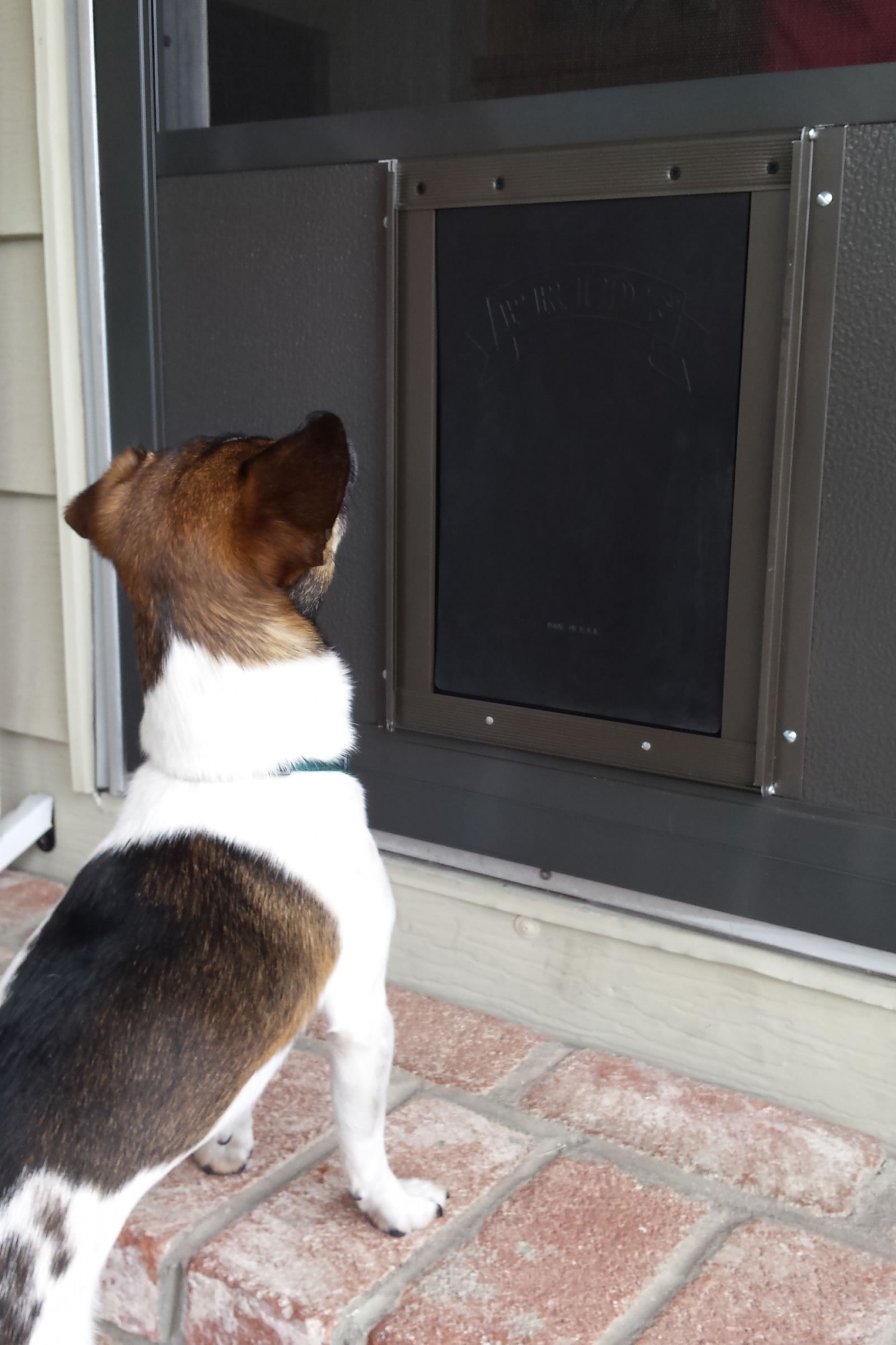How to Choose the Right Dog or Cat Door for Your Home
A pet door can be a fantastic addition to your home, offering your furry friends the freedom to come and go as they please while adding convenience to your daily routine.
But with so many options available, how do you choose the right one for your needs? Here’s a comprehensive guide to help you make the best decision for both you and your pet.
Assess Your Pet’s Needs
The first step in choosing the right pet door is understanding your pet’s specific requirements. Consider:
- Size: Measure your pet’s height and width to ensure the door is large enough for comfortable entry and exit.
- Behavior: Is your pet timid or adventurous? Some pets may need training to use a pet door, while others may adapt quickly.
- Health: For older or less mobile pets, look for a door with an easy-to-navigate design, like a low threshold or lightweight flap.


Consider Your Home’s Layout and Design
The location and structure of your home play a significant role in selecting the right pet door. Ask yourself:
- Where will the pet door be installed? Common locations include exterior doors, walls, and sliding glass doors.
- Is your home energy-efficient? Look for pet doors with weatherproofing features to maintain your home’s insulation.
- Do you rent or own your home? Temporary or non-invasive options, such as sliding door inserts, are ideal for renters.
Choose the Right Type of Pet Door
There are several types of pet doors available, each with unique features. Here are some common options:
- Traditional Flap Doors: Basic and affordable, these doors have a simple flap that pets push through. They’re great for mild climates but may lack insulation.
- Electronic Doors: These doors use sensors to detect your pet’s microchip or a special collar key, providing access only to authorized pets. They’re perfect for preventing stray animals from entering your home.
- Sliding Glass Door Inserts: A convenient option for homes with sliding doors, these inserts fit securely into the track and don’t require permanent modifications.
- Wall-Mounted Doors: These doors are installed through an exterior wall, offering more flexibility in placement but requiring professional installation.
- Insulated Doors: Ideal for extreme climates, these doors feature multiple flaps or magnetic seals to keep out drafts and conserve energy.
Materials and Durability
Your pet door should withstand daily use and weather conditions. Look for:
- High-Quality Frames: Aluminum or heavy-duty plastic frames are durable and resistant to wear.
- Sturdy Flaps: Opt for flaps made of flexible but robust materials, such as vinyl, to ensure longevity.
- Weatherproofing: Features like magnetic closures, brush seals, and double flaps enhance energy efficiency and durability.
Security Features
A pet door should keep your home secure while allowing your pets to roam freely. Consider these features:
- Locking Mechanisms: Many pet doors come with manual or electronic locks to prevent unauthorized access.
- Selective Entry: Electronic doors ensure that only your pets can enter, keeping out stray animals or intruders.
- Durable Construction: Choose a door that resists tampering or damage from outside forces.


Ease of Installation
Before purchasing a pet door, evaluate the installation process:
- DIY vs. Professional Installation: While some pet doors are designed for easy DIY installation, others may require professional assistance, especially for wall-mounted or electronic doors.
- Compatibility with Your Door or Wall: Ensure the pet door you choose fits the thickness and material of your installation area.
- Portability: If you’re renting or planning to move, look for removable or temporary options.
Budget Considerations
Pet doors range widely in price, depending on their features and quality. Set a budget that aligns with your needs:
- Basic Flap Doors: Affordable and functional, these are ideal for budget-conscious pet owners.
- Electronic and Insulated Doors: While more expensive, these options offer advanced features and energy savings.
- Custom Solutions: If your home requires a unique design, be prepared to invest more for a custom pet door.
Customer Reviews and Recommendations
Take the time to read reviews and seek recommendations from other pet owners. Look for:
- Durability: Does the door hold up over time?
- Ease of Use: Is it easy for pets to navigate?
- Customer Support: Does the manufacturer provide reliable support and warranty options?
Train Your Pet
Once you’ve chosen and installed the perfect pet door, training your pet to use it is key. Use positive reinforcement, like treats and praise, to encourage your pet to go through the door. Be patient and consistent, and soon your pet will be using the door confidently.
Final Thoughts
Choosing the right dog or cat door for your home involves balancing your pet’s needs, your home’s structure, and your budget. By considering factors like size, location, type, and security, you can find a door that enhances your pet’s freedom and your convenience. With the right pet door, you and your furry companions can enjoy a more comfortable and hassle-free lifestyle.



